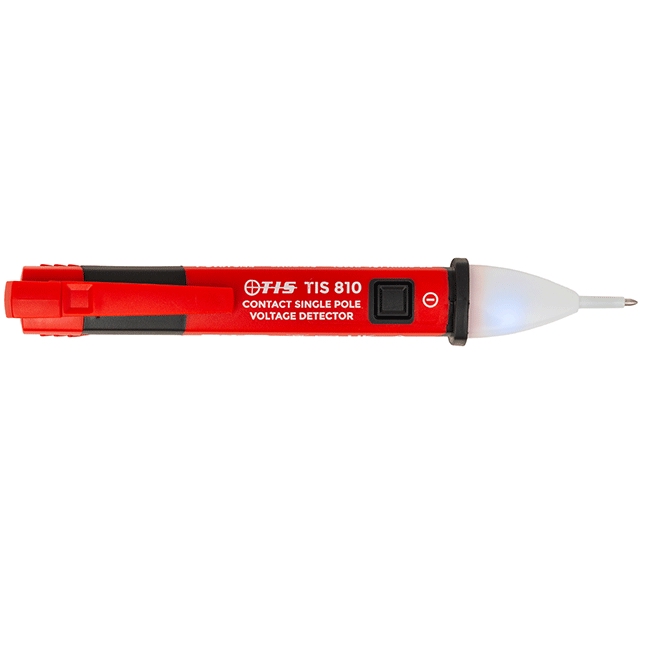
Test Instrument Solutions is at the forefront of electrical safety, and we are always researching and developing new ways to manage electrical safety hazards with appliances and with installations. Diverted neutral currents, or neutral current diversions (NCDs), are a common problem in some electrical installations and Test Instrument Solutions has launched a single-pole contact voltage tester to detect these issues quickly and simply, and to remove the threat of injury or a potential electrical fire.
How does diverted neutral current occur?
A diverted neutral current most commonly occurs in a TN-C system. This is a ‘terre-neutral’ system also known as a combined neutral and earthing system. Essentially a TN-C system is a type of electrical distribution system whereby both neutral and protective earth conductors are used together and combined into a single conductor.
However, the neutral conductor within this system can still fail, or can be broken. Typically this conductor would be a PEN conductor. PEN stands for ‘Protective Earth Neutral’ and a PEN conductor is a single wire in an electrical system which acts as both the neutral and protective earth conductor. If the PEN conductor fails, or is broken, current will be diverted through an alternative path. This would occur much quicker and easier if there is contact with metallic structures which act like conductors, such as a pipe or other exposed metalwork. In such a scenario a single-pole contact voltage tester, such as the new TIS 810 supplied by Test Instrument Solutions, can detect this diverted neutral current.
A single-pole contact voltage tester is more accurate and reliable
A single-pole contact voltage tester is a more reliable test instrument in a scenario where diverted neutral current occurs, because it will detect high voltage levels in all conductors.
- The problem with two points of contact – A two-pole contact voltage tester requires two points of contact when identifying diverted neutral current. But those two points could have the same voltage potential. This could mean that the voltage levels present in an exposed piece of metal could be dangerously high, but might not be detected.
- The benefit of a single point of contact – A single-pole contact voltage tester requires only one point of contact because earthing is achieved through the user. This means any dangerous level of voltage will be detected and not missed, and also the test itself is fast, simple, reliable and cost-effective.
Order the TIS 810 single-pole voltage tester from Test Instrument Solutions
So the single-pole contact voltage tester is a trusted and convenient way to detect dangerous voltage levels where neutral conductors in a system, such as a PEN conductor, fail or are broken. The single-pole contact voltage tester is effective for detecting electrical safety hazards in a system where neutral and earth conductors are combined as a single conductor.
The TIS 810 is a small, handheld instrument which uses a red LED and a buzzer to indicate when a diverted neutral current is found. And it uses advanced digital filter technology to ensure this indication is fast, accurate and reliable.
If you want to learn more about the TIS 810, then you can contact our experts at Test Instrument Solutions and then order one today.